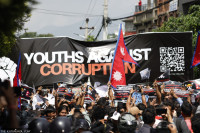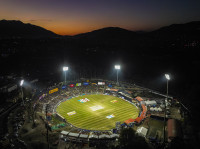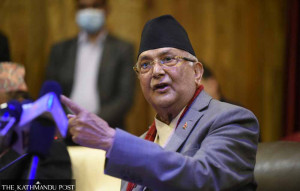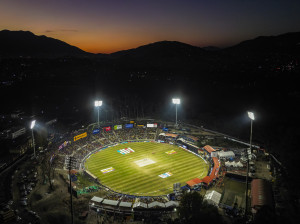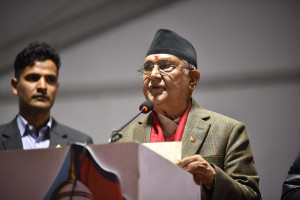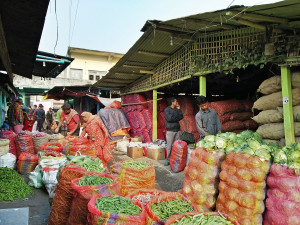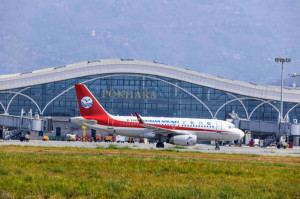Editorial
First port of call
Address local concerns before continuing work on dry port at Chobhar
In the chants and banners of 150 residents—who gathered at Chobhar, Kirtipur, on the morning of January 17th—a simple request to the government resounded: Listen to local voices. As Prime Minister KP Sharma Oli arrived at the site to lay the foundation stone for a dry port—ultimately cementing the construction process—54 protesters were arrested. By late afternoon, following plenty of pomp and circumstance, local voices were overshadowed by boastful speeches about the dry port’s economic benefits and development potential.
The dry port, the government’s solution to ease the supply of goods inside the Kathmandu Valley, will occupy 11.7 hectares of land and is estimated to cost Rs1.48 billion. Since the idea was introduced—without any consultation with local groups—conservation activists in the area have been arguing that the industrial interruption to their neighbourhood will affect the religious and social history of Chobhar. According to Pancha Lal Maharjan of the Chobhar Conservation Committee, the Jal Binayak Temple, one of the Valley’s most important Ganesh shrines, will also be destroyed in the construction process.
What’s more, despite claims that the government has ‘acquired the legislative rights for development work’, several land-ownership disputes remain and a circular bout of ‘he said, she said’ continues. The government claims that it has acquired 1,054 ropanis of land, which originally (or allegedly) belonged to a now-defunct government-owned cement factory. Out of this, 228 ropanis have been allocated for the construction of the dry port, while the remaining has been allocated for an ‘international exhibition centre’. But Maharjan claims that not all land-ownership stipulations have been settled; he asserts that a considerable amount of public land has not been bought. He also points to the fact that a number of local houses were destroyed when the cement factory was built. They were never reconstructed, and owners were never compensated. Members of the Chobhar Conservation Committee also add that the government has yet to pay 416 cement factory employees their salary for 19 months. Rabi Shankar Sainju, executive director of the Nepal Intermodal Transport Development Board, the government agency responsible for the construction and operation of the dry port, said the corporation’s audit shows no employee liabilities.
What is vividly clear from this jumble of competing narratives is that dialogue between locals and governmental bodies has been nonexistent. The government’s decision to respond to Thursday’s protests by arresting locals and simply noting their concerns has only made matters worse. By effectively disregarding the voices of a community who can recount—ropani by ropani—an extensive history of land dispossession, the government is making its message to the community clear: it has no qualms about unapologetically following in the footsteps of its predecessors. And by continuing with their plans to build the dry port without addressing these grievances, a much-needed opportunity to develop and regain weakening community trust has been overlooked.
The government must take immediate steps to restore trust among locals by creating a platform that encourages dialogue between local groups and the Nepal Intermodal Transport Development Board. If the government continues constructing the dry port on a foundation of distrust, resentment will continue to simmer and will simply manifest in further conflict between the project and locals. If the government’s intentions to build the dry port is truly for the country’s development, it should prioritise community ownership and bottom-up approaches instead of forced impositions and hollow promises to ‘listen’.
This is not the first time (nor will it be the last) that local sentiments have clashed with the government’s rhetoric of ‘progress and development.’ From disputes over the 76-km expressway from Khokana to Nijadh to local concerns over the Arun III hydropower plant, there are plenty of historical and contemporary examples that point to these tensions. Rather than repeatedly (and literally) bulldozing over them, the government must start addressing these conflicts by extending platforms and opportunities for meaningful dialogue and community understanding.




 9.12°C Kathmandu
9.12°C Kathmandu
